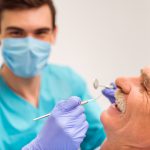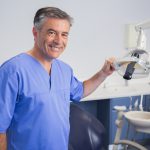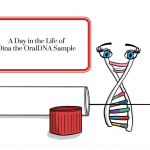
A 2016 study published in PloS One1 examined the impact of periodontitis on the rate of cognitive decline in individuals with Alzheimer’s disease (AD). Sixty community dwelling patients with mild to moderate AD were cognitively assessed and blood samples were taken for detection and quantification of systemic inflammatory markers. Initial clinical assessments of periodontal health were conducted and the same assessments were repeated six months later. The study data revealed that periodontit...
Read More









